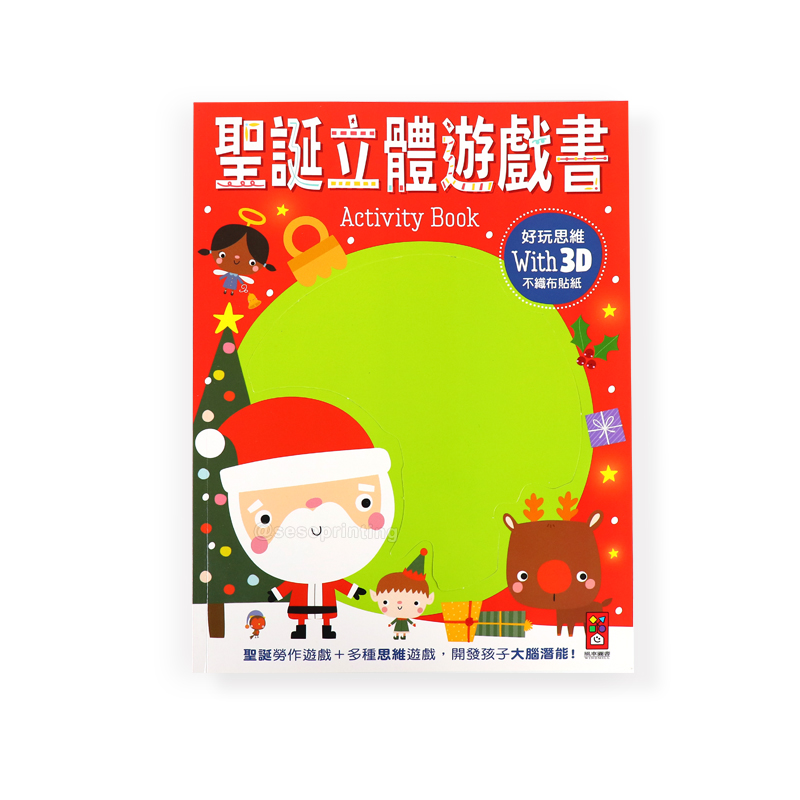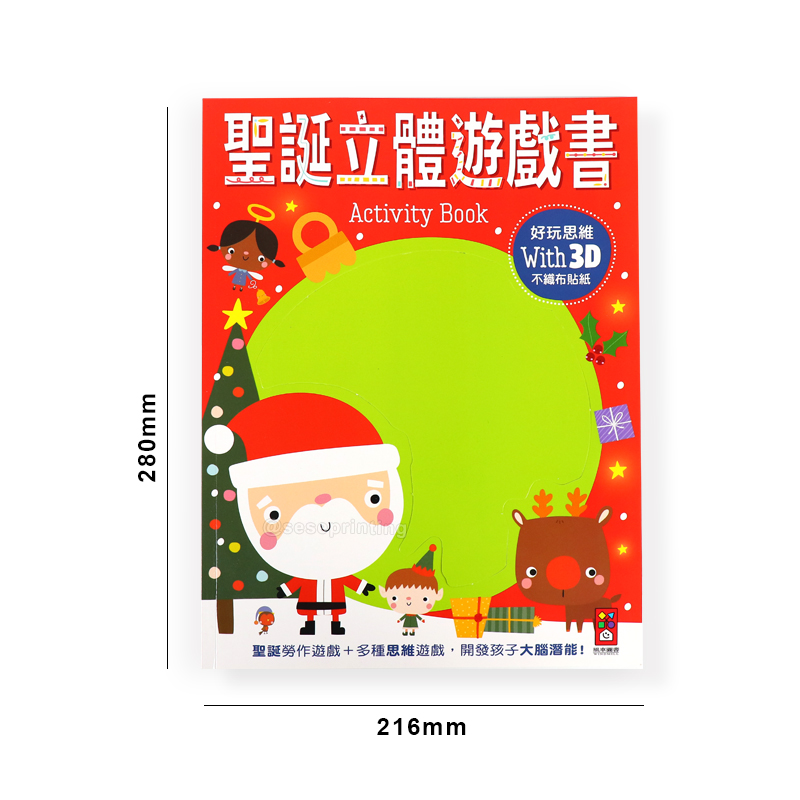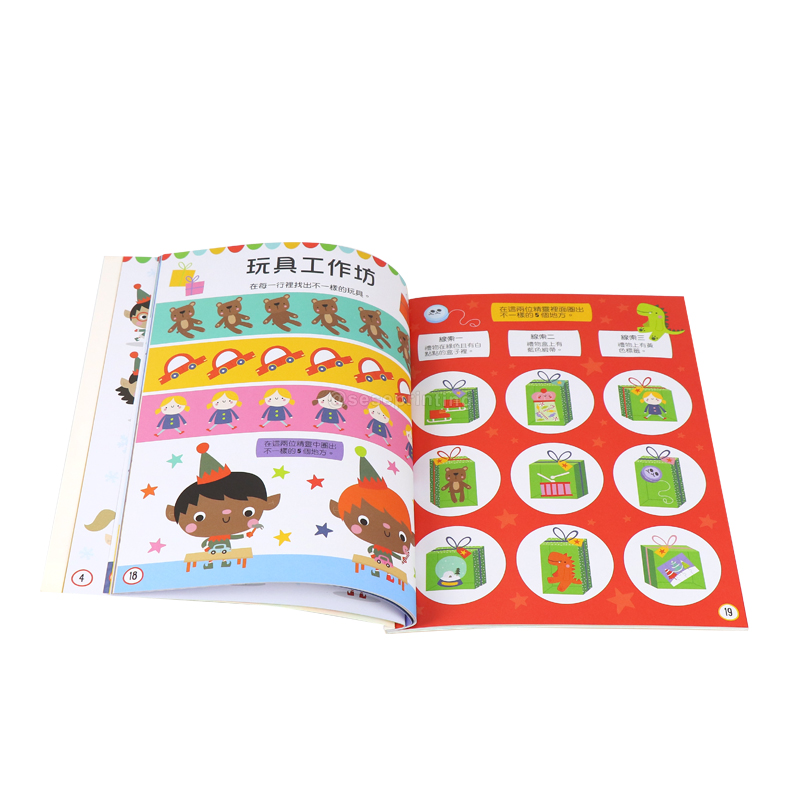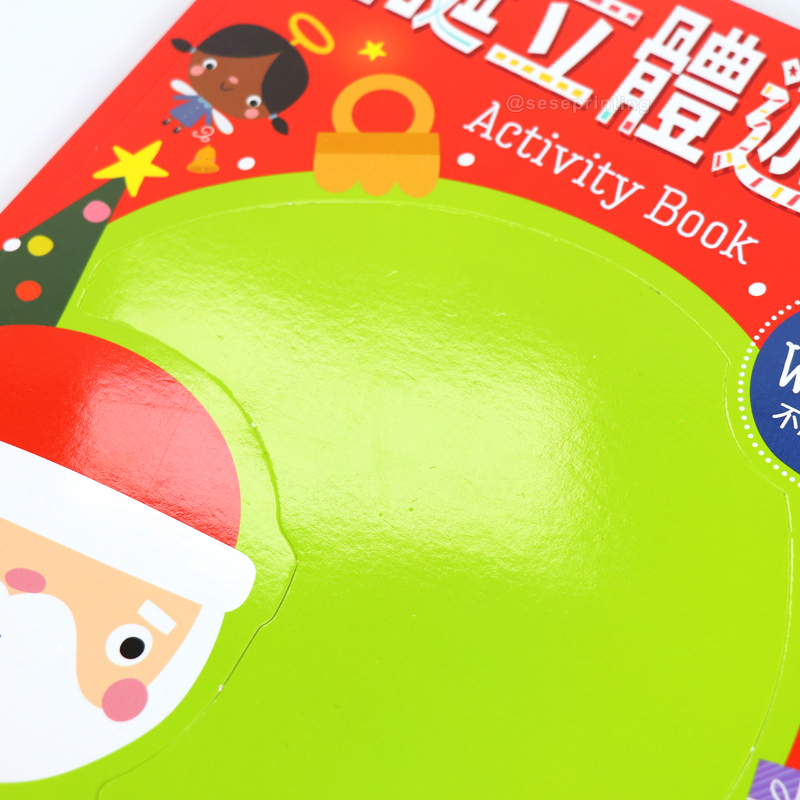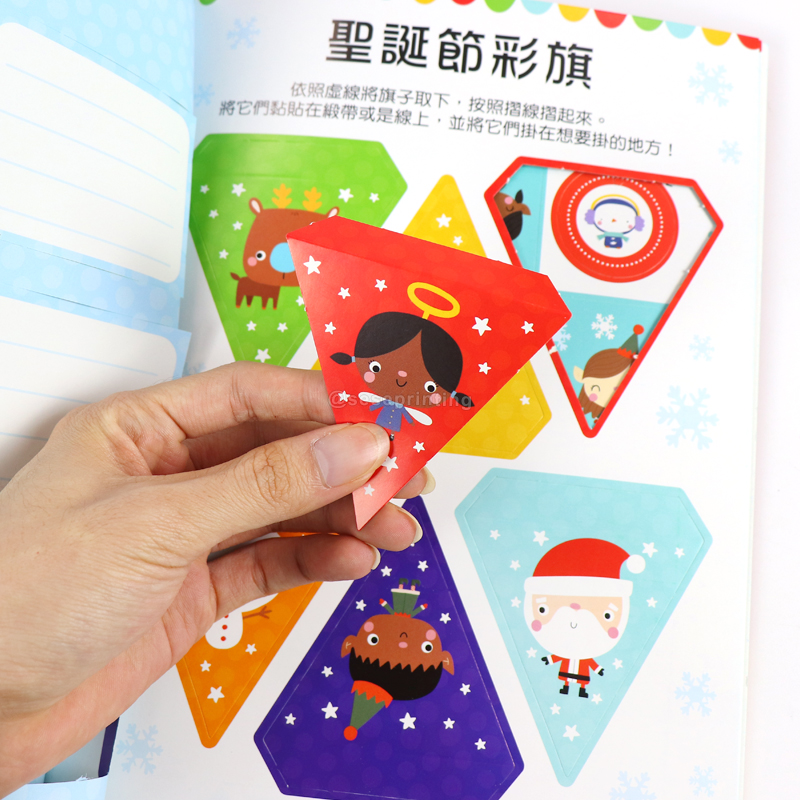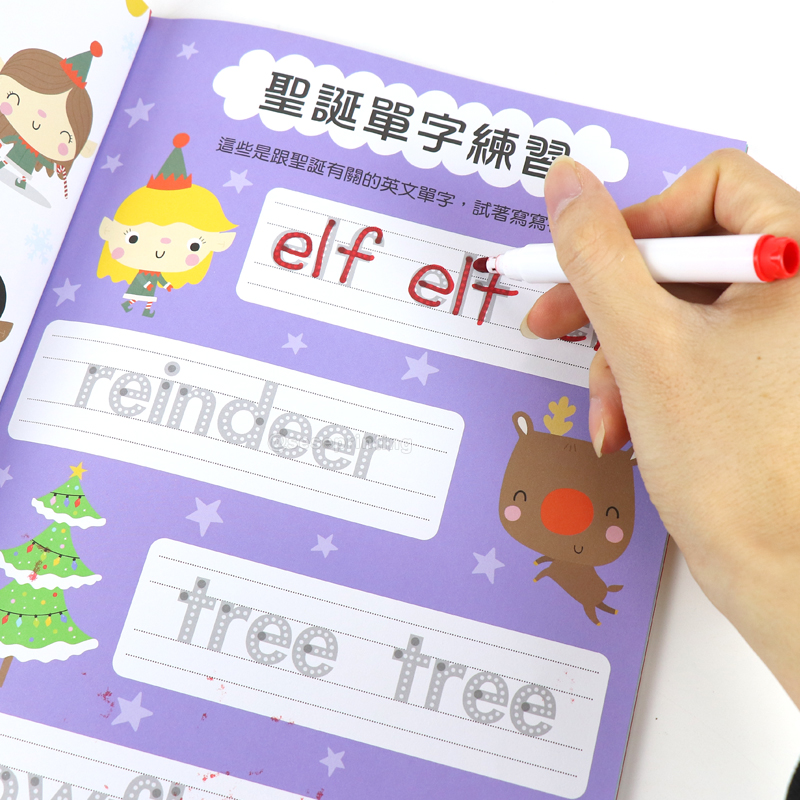BOOK PRINTING FACTORY
Custom Book Printing
Since 1992
Custom Book Printing
Since 1992

Product details
| Product Name | Children Activity Book |
| Material | Glossy/Matt Art Paper, Offset Paper, Woodfree Paper, Writing Paper, Light Coated Paper, Special Type Paper, Grey Board, Kraft Paper, Coated Paper, And so On. |
| Binding | Thread Sewing Binding, Saddle-Stitching Binding, Wire-O Binding, Spiral Binding, Perfect Binding, Case Bound, Etc. |
| Certification | ISO9001, SA8000, FSC |
| Design | From Clients,OEM |
| Size | Decided by Client |
| Printing | CMYK or Pantone |
| Artwork Format | AI, PDF, ID, PS, CDR |
| Finishing | Gloss or Matt Lamination, Spot UV, Emboss, Deboss and Sprayed Edges |
|
|
|
Book Size |
Full Color Printing |
|
|
|
|
Glossy Lamination Cover |
Die-Cut |
Exercise Book Page |
 Related Suggestion
Related Suggestion

 Tel
Tel
 Email
Email
 Address
Address
301, NO.233 PingKang Road, Shiqiao St.,Panyu District, Guangzhou City, Guangdong Province, China 511400

 Whatsapp
Whatsapp





 Home
Home